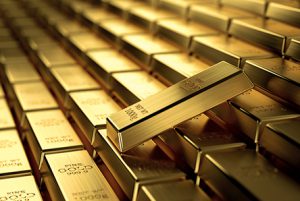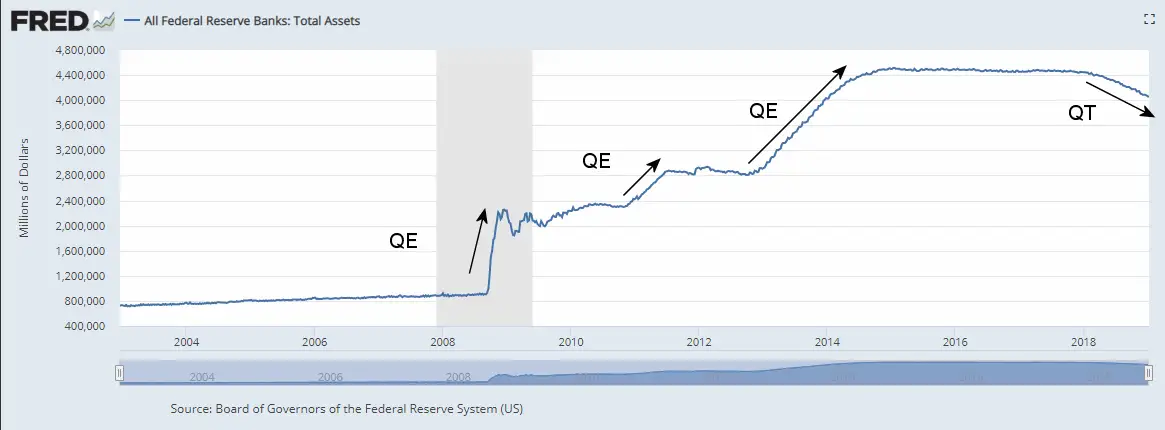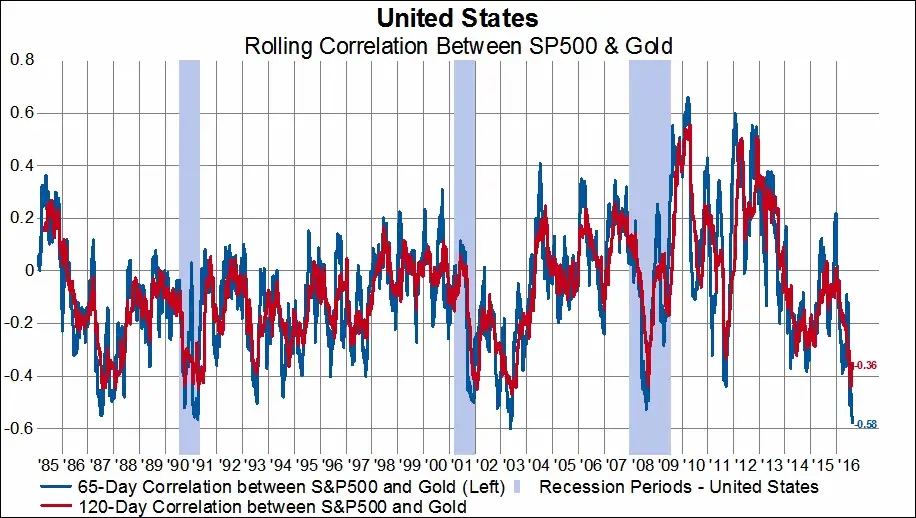 The main idea behind investment is to grow and preserve wealth, and in many cases, find unique ways to generate more income. Popular wisdom has it that when interest rates rise gold prices fall because the opportunity cost of holding a non-interest bearing asset is growing. However, contrary to popular wisdom, recent interest rate hikes by the US Federal Reserve have coincided with a rising gold price. At the same time, investor confidence in the stock market is faltering due to the FED’s actions. Thus many investors can be seen rushing to the financial security offered by safe-haven assets such as gold.
The main idea behind investment is to grow and preserve wealth, and in many cases, find unique ways to generate more income. Popular wisdom has it that when interest rates rise gold prices fall because the opportunity cost of holding a non-interest bearing asset is growing. However, contrary to popular wisdom, recent interest rate hikes by the US Federal Reserve have coincided with a rising gold price. At the same time, investor confidence in the stock market is faltering due to the FED’s actions. Thus many investors can be seen rushing to the financial security offered by safe-haven assets such as gold.
Rising Interest Rates
Quantitative Tightening
This is why gold serves as a hedge against inflation and geopolitical uncertainties. Let’s explore a few reasons behind the mystery:
Gold Can’t Be Hacked
In the digital age where systematic hacks routinely exploit vulnerabilities in state-of-the-art servers and databases, it always pays to store your wealth in a physical form. After all, gold can’t be hacked. In ancient times “Alchemists” unsuccessfully tried to convert base metals into gold. But you can’t ‘print’ more gold, modern researchers are coming close – but close isn’t good enough. These high tech elements may work as a substitute in some applications but still aren’t real gold.
Diversification
If you desire to create a stable portfolio that avoids drastic volatility it is critical that you diversify. One interesting characteristic of gold is that it rises and falls independently of other financial assets like stocks and Treasury Bonds. Thus precious metals remain resistant to volatile price movements in the stock market. In the following chart from A chart from Eric Bush of Gavekal Capital we can see the 65 and 120-day rolling correlation between gold and the S&P500. The way correlation works, if two items have a 1 to 1 correlation (1.0 off the top of the chart) it would mean that whenever stocks went up gold went up exactly the same amount and a -1.0 correlation would mean that whenever stocks went up 1% gold would go down -1%. This chart shows that the correlation between gold and stocks varies from a positive 0.6 to a -0.6. When the correlation is at -0.6 that would mean that if stocks go up 1% gold would go down -0.6% but conversely, if stocks go down -1%, gold would go up 0.6%. Some advisors believe that a perfect portfolio can be created with a combination of Stocks, Bonds, and Gold since they all tend to go their separate ways (with a low or negative correlation between all three).
Liquidity
Investors are interested in assets that are extremely liquid and transparent and have low fees. Liquidity means that it is easy to buy and sell with little to no transaction costs. Stocks traded on the NYSE are very liquid a single call or click of the mouse and you can sell. A house or a famous painting is very illiquid, you have to find the right buyer and agree on a price, have experts analyze the deal and look for problems and then maybe months later the deal can be completed.
Gold is much more liquid than a house but perhaps a bit less liquid than stocks. Bullion can be easily traded around the world. A large volume of gold trades hands every day, and the barriers to entry remain relatively low with gold offerings starting at just a few grams or 1/10th ounce bars. As of this writing, a 1 gram bar sells for less than $50 and 1/10th ounce sells for about $130. “Spot gold” is the dealer’s price which is readily obtained from a variety of internet sites. Generally, small buyers will end up paying slightly over spot for their gold and sellers will receive somewhat less.
Easy to Store
It is easy for investors to store small quantities of gold, they can bring some home in a shopping bag and store it at home or in a safe deposit box. More paranoid investors might feel more confident by storing their gold in secure vaults around the world. Some people are known to bury their gold in their yards in case burglars decide to come knocking on the door, although unburying the gold might be a hassle.
Protection Against Economic Turmoil
Instead of becoming obsolete in the face of technological advancement, gold has surged in price, rising by a phenomenal 3000% since the 1970s. With the current geopolitical climate threatening to slow economic growth, such as a potentially long government shutdown in the US and the tumultuous Brexit deal, the price of gold is expected to increase further in 2019.
Not discounting are the four consecutive interest rate hikes in 2018, going from 2.25% to 2.5%, placing it above the eurozone’s -0.4% and the UK’s 0.75%. So while Wall Street has a lot of disdain for precious metals, investors will always seek refuge in safe-haven assets like spot gold.
World Banks Are Increasing Their Gold Reserves
As the US continues its trade wars with China, countries around the world are increasing their reserves of gold. Russia has increased its reserves to 224 tonnes in 2017, Turkey has requested its 220 tonnes to be brought back home and Hungary has increased its gold reserves by 10 times, a historic first for the country.
Read More:
- List Of Dividend-Paying Gold and Materials Stocks
- Inflation-adjusted Gold Price
- What is Fiat Currency
- Gold and Inflation
- How Does Inflation Affect the Price of Gold?
- Comparing Oil vs. Gold
- Selling Your Scrap Gold
- Investing in Gold
- Choosing the Right Investment: Gold vs. U.S. Dollar vs. Bitcoin
- Should You Invest in Gold?
- Civil Liberties Rest Upon Sound Money
- How the Dollar Affects Gold Prices
- How Does Gold Fare During Hyperinflation?
- Why Buy Gold?





Leave a Reply